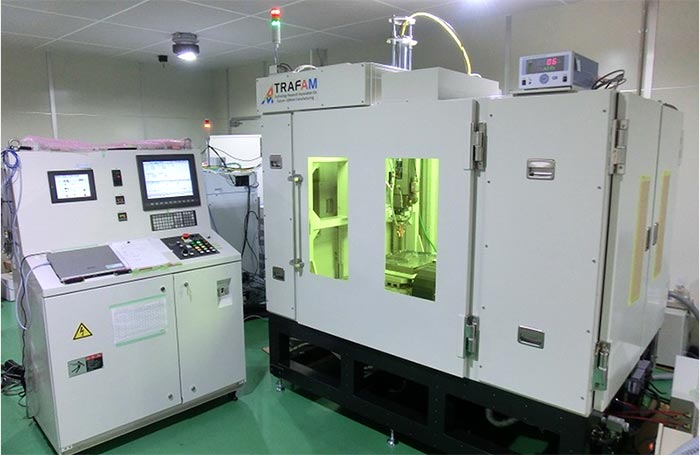Toshiba Corp., and its machine tools unit Toshiba Machine, have announced an interesting new development in the 3D printing of metal objects. A new prototype 3D metal printer designed by Toshiba delivers 10x faster output speeds than the most commonly used powder bed fusion sintering printers.
The new 3D metal printing design uses laser metal deposition (LMD) technology which deposits metal powders then melts it with a laser to build up a 3D form. So far - so ordinary – however Toshiba has an innovative powder depositing nozzle that makes a huge difference to the performance of the machine.

We are told that the nozzle design is derived from Toshiba's know how in fluid simulation technology. This new nozzle deposits metal powder to a much smaller focussed area than competitor machines and a highly precise laser beam follows up, sintering the metal in place. According to Toshiba's internal testing, a machine with an 800W laser can fabricate objects with a speed of 100cc per hour. Furthermore the prototype is capable of building larger structures at a lower cost than current methods, says the Japanese firm. A variety of metals including stainless steel, Inconel and iron can be used by this 3D printer.
Toshiba says that it is currently developing the prototype to achieve further increases in speed and resolution, as well as better software interoperability. The resulting LMD 3D printers will likely reach the market by 2017. Meanwhile the prototype, as pictured above, will be showcased at a Tokyo trade and industry show from 2nd to 4th December, that's just a week from now.













